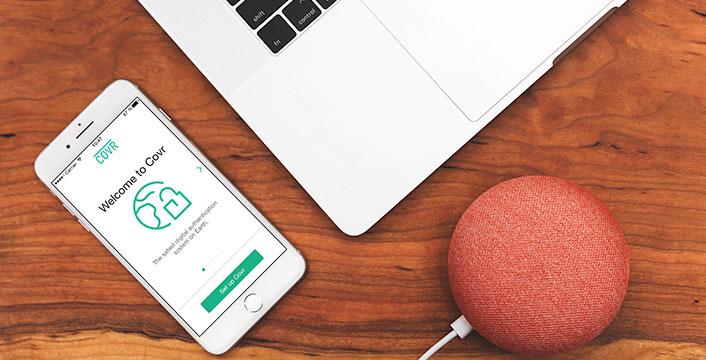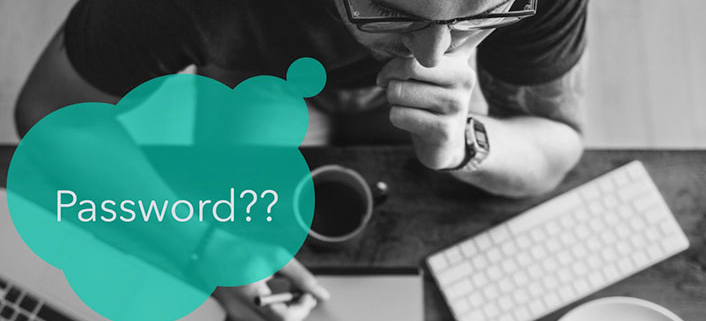In recent years, proving who you are has become more critical. Companies and online services need verification and use different methods for you to do so. We started with increasingly complex passwords, but more and more are looking at 2-factor-authentication or even multi-factor authentication. But what way is preferred, both from a security and user-experience perspective?
Having complex passwords that you can’t even remember yourself has lately proven to be a relatively poor method of securing your online accounts. Bill Burr, the former manager at the National Institute of Standards and Technology (NIST), created the password guide used today to find a secure password. The problem is that the guide was produced in 2003, and Burr now says that he didn’t understand how passwords worked during the time. The principle that is being used today doesn’t ensure safe passwords. A better method of creating secure passwords is to put together three or four unrelated words, resulting in a longer password without being unreasonably challenging to remember.
But having just a password to verify your identity has proven insufficient; look at the Heartbleed bug a few years ago, where thousands of passwords were leaked. In addition, through the years, there have been several reports where hacks or simple errors have compromised passwords. So, to stay safe, there should be another method to prove you are you.
The answer has come in the form of 2-factor authentication, where you use your password to log in to an online account and then get prompted on a different device (often your mobile phone) to authenticate that you are attempting to log in to that account. This ensures that you are you, or at least in theory. In addition, many started using text messaging to send a passcode you entered to verify the login. But lately, there have been numerous reports of such text messages being redirected to a different phone, and thus the authentication process is yet again insecure.
Many companies, such as Google, have created an app that ensures the verification code is only sent to that specific phone. In countries like Sweden, the banks have joined forces and created a Bank-ID linked to the citizen’s identification number. The problem with these is that they do not work globally or universally across platforms. In Google’s case, the service provider must then use Google’s authentication and, thus, their login system, which might be undesirable for many service providers. In the case of the Swedish Bank ID, you must have a Swedish personal number and a Swedish bank account.
In other cases, the verification process often requires several steps, which becomes a hassle for the user. This reduces the willingness to use the verification system. Since people tend to use the path of least resistance, the user experience must be at the system’s center. If logging in to your account isn’t easy, you will probably use a less secure method instead.

Developing a universal and global multi-authentication system that is secure and easy to use is, therefore, desired and urgent. Luckily, we are now seeing several such systems being developed, and the one currently leading the charge toward secure and easy online verification is Covr Security. They are a Swedish company that has used the experiences from the Swedish Bank-ID to create a system that is non-affiliated to a vendor with its agenda and works around the globe. The system is easy to use and implement and ensures the highest level of security. Simply put, it offers all that you could ask for in a multi-factor authentication system



